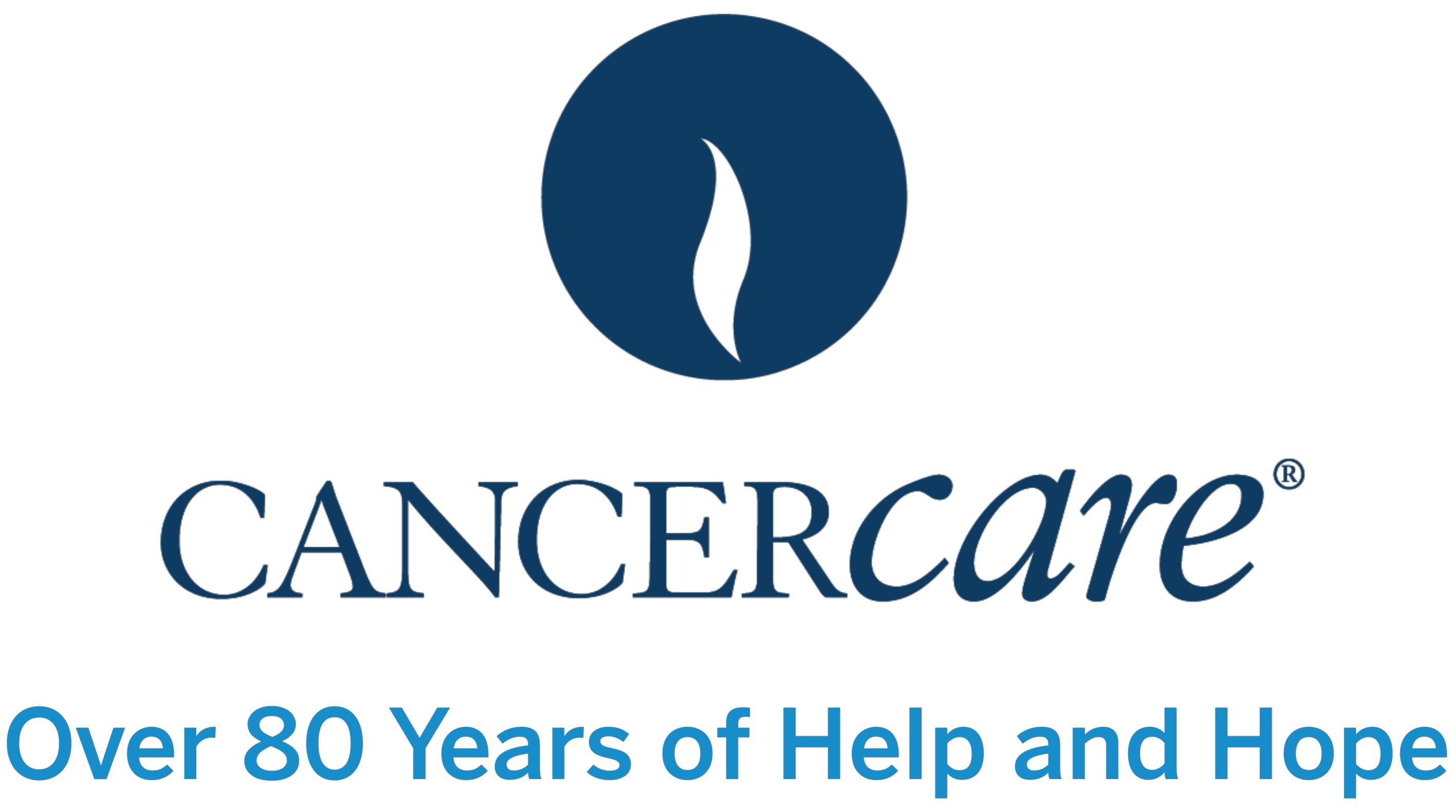Caregivers provide important emotional and practical support to those with cancer. They may be tasked with managing and administering treatment as well as taking on practical tasks, such as running errands, household chores, fixing meals and caring for children, along with handling many emotional concerns.
To be the best caregiver for your loved one, seek assistance and information from others. Caregivers who receive help report feeling less isolated, anxious and depressed. A community of support can free up time and help maintain your own physical and emotional well-being.
Getting Help with Caregiving Responsibilities
As a caregiver, it is important to know and accept your own limits. Some caregivers may think that asking for help takes support away from the patient, or that by asking for help, they will be a burden to friends and loved ones. But when caregivers stay quiet about their own needs, they can get burned out, become less able to provide care and develop health problems of their own. Decide which caregiving tasks you will do on your own, and where you might need help. Here are some things you can do to help yourself as a caregiver:
Learn about respite care programs. Respite care can give you a break from caregiving duties, whether to run errands or enjoy personal time. Ask for a referral from a health care professional, friend, local service agency or insurance provider.
Know your rights. If you work for a company with 50 or more employees and have worked there for at least one year, you may be allowed unpaid leave under the Family and Medical Leave Act (FMLA) to provide care for your loved one. Ask your human resources department for help and to find out whether this law applies to your company.
Reach out to family and friends. Are there any family members, friends, co workers, neighbors, members of your faith community or others you can ask for assistance? Often people want to help, but don’t know how. Be specific about the kinds of help you need (for example, “I need someone to watch the kids from 3 to 5 p.m. on Tuesday”) and keep records of who is handling which task. Helpful websites, such as My Cancer Circle™ (mycancercircle.net), can make it easier by providing calendars and other tools for coordinating care.
My Cancer Circle
My Cancer Circle is a free online tool that allows caregivers to create a private, secure community that brings together a network of support, including family and friends who want to lend a hand with responsibilities. Caregivers start by creating a Community Page and inviting those people they want to be a part of their network to join.
By setting up the calendar feature, friends and family members can designate time to volunteer based on the needs described by the caregivers. This may include things such as transportation, meals, child care or other practical needs. In order to help volunteers stay on top of their role and remember the tasks they’ve signed up for, the site sends them an email to remind them of upcoming commitments.
Caregivers also have the option to add personal messages, treatment updates, photos and videos to keep their community of support in the loop. The website offers a helpful video tutorial to answer questions and show you more about the features offered. Visit mycancercircle.net to get started.
More Online Support Tools
In addition to My Cancer Circle, there are other online resources that can help caregivers and patients access information, sort practical needs and organize a community of support. Cancer Support Community offers mylifeline.org, which allows members to create a free website to keep track of appointments, find information and post requests for help. CaringBridge (caringbridge.org) helps you create a free web page to provide updates in a patient care journal, share pictures and invite visitors to write messages in a guestbook. Visitors can also learn more about the diagnosis affecting their loved one.
Edited by Mary Hanley, LCSW
